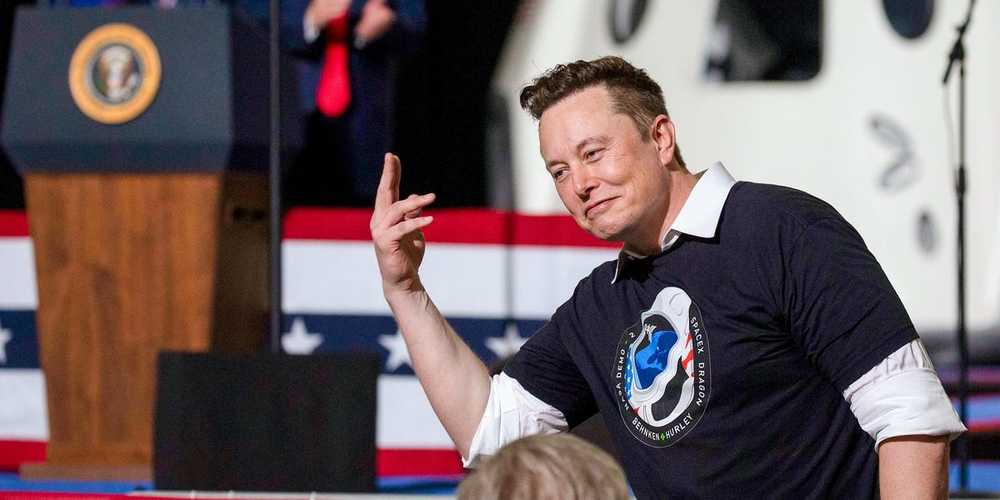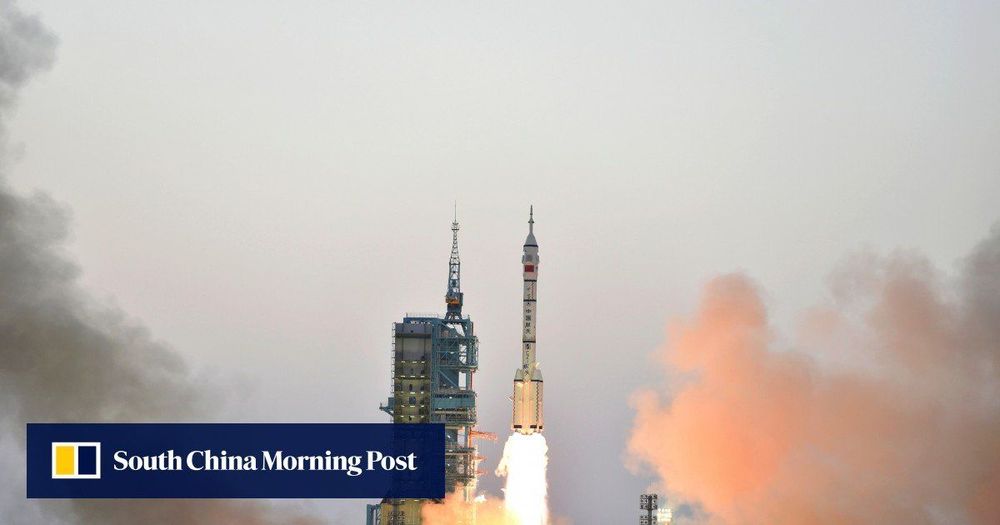And it would be just one of many exoplanets found outside of our solar system that resemble the weird and wonderful planets of Star Wars.
Get the latest international news and world events from around the world.

DARPA teams begin work on tiny brain implant to treat PTSD
Circa 2014 o,.o.
The Defense Advanced Research Projects Agency, or DARPA, has announced the start of a five-year, $26 million effort to develop brain implants that can treat mental disease with deep-brain stimulation.
The hope is to implant electrodes in different regions of the brain along with a tiny chip placed between the brain and the skull. The chip would monitor electrical signals in the brain and send data wirelessly back to scientists in order to gain a better understanding of psychological diseases like Post-Traumatic Stress Disorder (PTSD). The implant would also be used to trigger electrical impulses in order to relieve symptoms.
DARPA has chosen two teams that will pursue different approaches. A team from the University of California San Francisco will use direct recording, stimulation, and therapy to take advantage of the brain’s plasticity. Circuits that appear to drive pathology would be rewired, and eventually the patient could remove the implants.


Lighting the way for new solar fuels science
Yale chemists are pushing forward with innovative work to develop tomorrow’s liquid fuels from sunlight.
A quintet of Yale researchers — Sharon Hammes-Schiffer, Nilay Hazari, Patrick Holland, James Mayer, and Hailiang Wang — are among the principal investigators (PI) for the U.S. Department of Energy’s $40 million Center for Hybrid Approaches in Solar Energy to Liquid Fuels (CHASE).
CHASE, which involves six scientific institutions, will be based at the University of North Carolina-Chapel Hill. Yale’s portion of the funding is $6.27 million over five years, and will support dozens of graduate student and postdoctoral co-workers on Science Hill and in the Energy Sciences Institute at West Campus.



EPA approves two Lysol products as the first to effectively kill novel coronavirus on surfaces
Lysol Disinfectant Spray and Lysol Disinfectant Max Cover Mist meet the EPA’s criteria for use against the SARS-CoV-2, the virus responsible for the ongoing pandemic, based on laboratory testing that found both products kill the virus two minutes after contact, the agency announced in a statement Monday.
While there are more than 420 products on the list of disinfectants that the EPA says are strong enough to ward off “harder-to-kill” viruses than the novel coronavirus, the two Lysol products are the first to have been tested directly against the virus and proved effective.

Earth Should Be Dry – An Unexpected Meteorite Discovery Reveals the Origin of Earth’s Vast Oceans
Meteorite material presumed to be devoid of water because it formed in the dry inner Solar System appears to have contained sufficient hydrogen to have delivered to Earth at least three times the mass of water in its oceans, a new study shows.
While the idea that enstatite chondrite (EC) meteorites contained enough hydrogen to provide water to the growing proto-Earth has been proposed, efforts to rigorously test this scenario have been hampered by difficulties in measuring hydrogen concentrations in ECs — an obstacle this study overcame.
According to models of Solar System formation, Earth should be dry. However, our blue planet’s vast oceans, humid atmosphere and well-hydrated geology boldly defy such predictions, making it unique among the other rocky planets of the inner Solar System.

California ISO Declares Stage 2 Emergency, Warns of Rotating Blackouts
California’s Independent System Operator declared a Stage 2 emergency Saturday, warning residents to expect rotating blackouts and advising them to conserve energy.
Stage 2 means, “The ISO has taken all mitigating action and is no longer able to provide its expected energy requirements.”
The declaration was due to high heat and increased demand, according to CAISO. In addition, CAISO said fires caused a generator and a solar farm to trip offline, highlighting the need for residents to reduce energy use.

Ultracold atoms can work together to shape or steer light
At these temperatures, the atoms move extremely slowly and can be controlled through quantum mechanical effects that are negligible at higher temperatures.
The team used lasers to excite the atoms and coax them into one shared motion. They found that when the atoms act collectively, they can shape and steer light through their electrical and magnetic interactions with it. The shared behavior allows them to act like a collection of electric charges or very small magnets that affect the light.